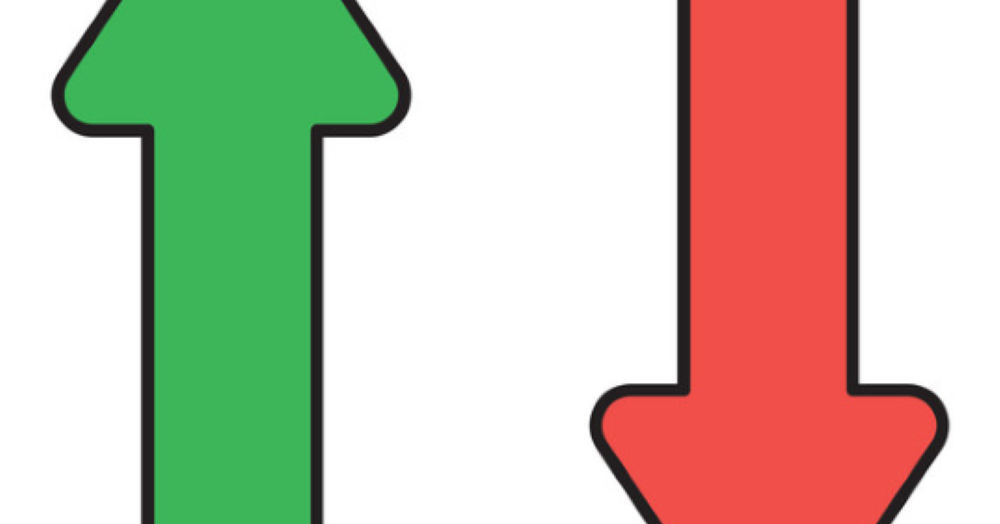Asking prices for UK homes increased by 0.7% between mid-June and early July compared with a month earlier, the biggest rise for the time of year since 2007, according to Rightmove.
The latest hike in prices was driven by a shortage of properties on the market, the property website said. Asking prices have risen by 6.7% over the past six months.
June saw a surge in activity as buyers in England and elsewhere in the UK rushed to beat the 30 June stamp duty deadline
Tim Bannister, Rightmove’s director of property data, said: “We predict that the number of completed sales will be the highest ever seen in a single month when June’s data is released by HMRC later this week. This means it’s likely that the first half of 2021 has seen a record number of moves when compared with the first six months of any other year, induced by the pandemic’s side-effect of a new focus on what one’s home needs to provide. That is one of the driving forces behind four consecutive months of new record average property prices.
Tim Bannister
“Demand has also been boosted by the ongoing creation of new households, and property being seen as an asset to hold, with historically low returns from many other forms of investment. New stamp duty deadlines in England and Wales for sales completed by the end of June have also helped to exhaust the stock of property for sale and concentrate activity. This has left prospective purchasers with the lowest choice of homes for sale that we’ve ever recorded, continuing price rises, and stretched affordability.”
Rightmove expects that the number of sales completed in the first six months of the year and due to be reported by HMRC later this week is on course to be around 800,000, which could just beat the previous record of 795,000 set in 2007.
The 2007 record was set under very different circumstances, at a time when mortgage lending criteria were much less stringent than in today’s more controlled market.
Rightmove’s analysis shows that the shortfall of 225,000 homes for sale comes from 140,000 more sales being agreed and 85,000 fewer new listings than the long-term (2014-2019) average for the first half of a year. The net result of this major imbalance between supply and demand is that the average number of available properties for sale per estate agency branch is at a new record low of 16 properties, compared with the previous low before 2021 of 25 properties and a longer-term average for this time of year of 31.
The boom in sales demand and consequent greatest ever imbalance with supply have been most notable in the more expensive sectors of the market. Rightmove’s “top of the ladder“ sector mainly includes homes which are detached with four bedrooms or more. These have seen a surge of 39% in the number of sales being agreed, and a drop of 15% in the number coming to market when compared to the first six months of 2019. This massive swing has seen average prices for this sector up by 6.7% in the last six months.
Rightmove’s “second-stepper” category, mainly made up of three bedroom homes, have also seen a marked swing, with 29% more sales agreed and a fall in new listing numbers of 10%. Heady price rises averaging 6.9% over the first half of the year are the result.
Bannister added: “First-time buyers are currently benefitting from their sector having the most buyer-friendly conditions. Choice is still more limited when compared to the same period in 2019, but price rises are the most subdued of any sector. Saving a deposit is still very hard, but 5% is now an option, and with many paying rising rents, buying your own home on a lower deposit is becoming an opportunity again.
“The opportunity is also there for property owners to come to market, as it’s still a great sellers’ market despite the recent end of the tax holiday in Wales and its scaling back in England. We’ve also seen a much more efficient housing market over the past year, with the strong buyer demand and faster churn of homes leading to a much higher percentage of sellers finding a buyer for their home, and fewer unsold homes being withdrawn from the market.
“Buyer sentiment remains strong, and the growth in new households combined with people living longer and having changed housing needs is exacerbating long-term housing stock shortages.”



